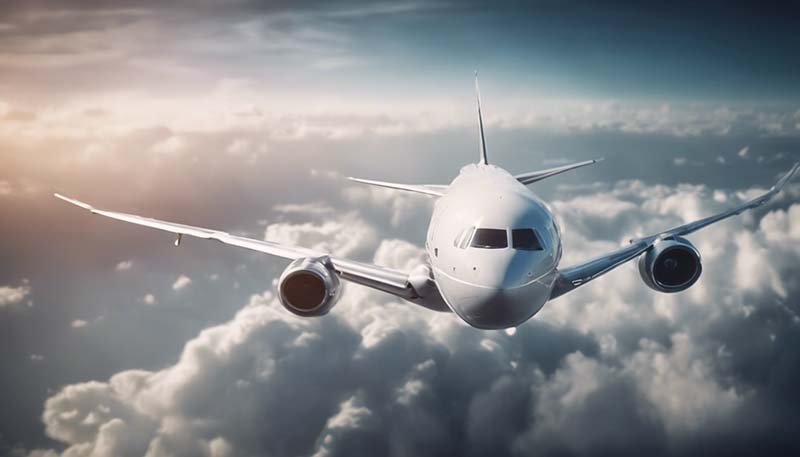The Role of National Aviation Authorities in Air Safety and Regulation
National aviation authorities play a crucial role in ensuring air safety and regulating the aviation industry. Their responsibilities include establishing and enforcing regulations, monitoring compliance, and promoting safety initiatives. This article will discuss the importance of these authorities and their various functions in maintaining a safe and efficient air transport system.
Introduction
Air travel is one of the safest and most efficient modes of transportation in the world. The aviation industry has made significant advancements in technology and safety over the years, but it is the national aviation authorities that ensure these advancements are implemented and maintained. These authorities are responsible for creating and enforcing regulations, monitoring compliance, and promoting safety initiatives to minimize risks and ensure passengers can travel with confidence.
Establishing Regulations
National aviation authorities are responsible for establishing a comprehensive set of regulations that govern various aspects of the aviation industry. These regulations cover a wide range of topics, including aircraft design, manufacturing, operation, and maintenance. They also address issues related to air traffic control, air safety, and environmental concerns.
One of the primary functions of these authorities is to create regulations that align with international standards set by organizations such as the International Civil Aviation Organization (ICAO). This ensures that global aviation practices are consistent, and countries can work together to maintain a high level of safety in the industry.
Advertisement
Monitoring Compliance
Once regulations are established, national aviation authorities must monitor compliance to ensure that airlines, aircraft manufacturers, and other stakeholders adhere to the rules. This is achieved through regular inspections, audits, and assessments of aviation companies and their operations.
Authorities conduct inspections of aircraft, facilities, and operations to ensure they meet the required standards. They also review maintenance records, training programs, and safety管理体系 to identify potential issues and areas for improvement. In cases where non-compliance is discovered, authorities have the power to impose penalties, revoke licenses, or even ground aircraft until the issues are resolved.
Promoting Safety Initiatives
National aviation authorities play a vital role in promoting safety initiatives and fostering a culture of safety within the industry. They do this by conducting research, sharing best practices, and collaborating with international organizations to develop and implement new safety programs.
One example of a safety initiative is the implementation of Safety Management Systems (SMS) in airlines. SMS is a systematic approach to managing safety risks and ensuring that appropriate safety measures are in place. Authorities work with airlines to develop and implement SMS programs, which help identify potential hazards, assess risks, and implement mitigation strategies to minimize the likelihood of accidents.
Investigating Accidents and Incidents
When accidents or incidents occur in the aviation industry, national aviation authorities are responsible for conducting thorough investigations to determine the cause and identify opportunities for improvement. These investigations help authorities understand the factors that contributed to the incident and make recommendations to prevent similar occurrences in the future.
Investigations are typically conducted by a dedicated accident investigation agency within the national aviation authority. These agencies gather and analyze data, interview witnesses, and examine physical evidence to piece together the sequence of events leading to the accident or incident. The findings of these investigations are then used to develop new safety recommendations, revise existing regulations, or improve industry practices.
Conclusion
The role of national aviation authorities in air safety and regulation is of paramount importance. These authorities are responsible for establishing and enforcing regulations, monitoring compliance, promoting safety initiatives, and investigating accidents and incidents. Their work ensures that the aviation industry continues to evolve and improve, providing passengers with a safe and efficient means of transportation.
As the aviation industry continues to grow and advance, national aviation authorities must remain vigilant in their efforts to maintain and enhance safety standards. By working together with international organizations, sharing best practices, and fostering a culture of safety, these authorities can ensure that the skies remain safe for all who travel and work within the industry.
